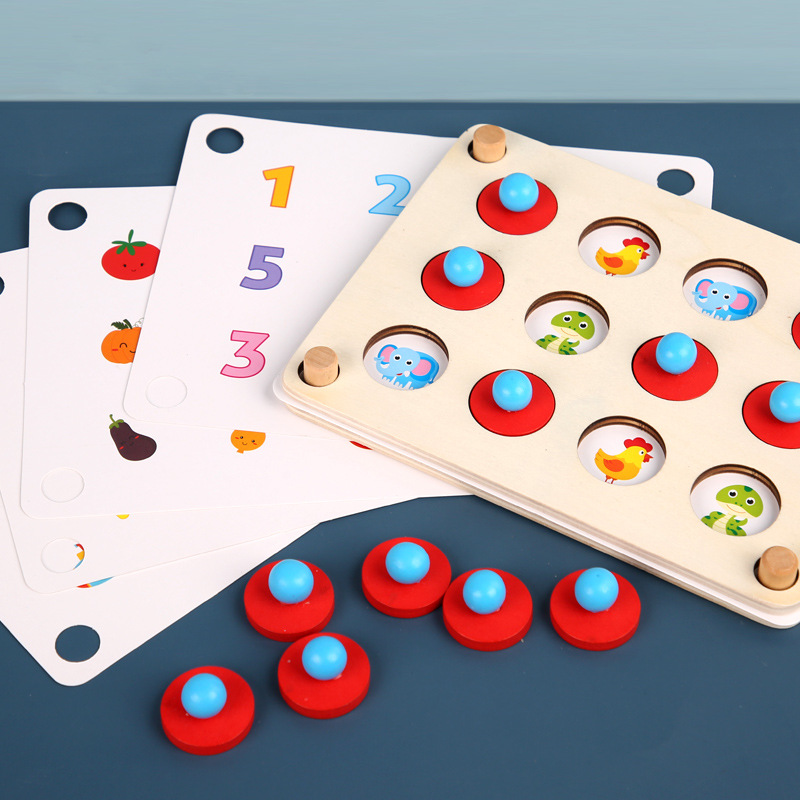Introduction: As technology becomes increasingly prevalent, educational toys in the digital age encompass both physical and digital experiences. While digital educational toys offer interactive and immersive learning opportunities, finding a balance between screen time and traditional playtime is essential. In this blog, we’ll explore the impact of educational toys in the digital age and the importance of maintaining a balanced approach.
- Interactive Learning: Digital educational toys provide interactive learning experiences, engaging children with multimedia content, simulations, and virtual worlds.
- Hands-On Exploration: Traditional educational toys encourage hands-on exploration, promoting fine motor skills and cognitive development through tangible play experiences.
- Age-Appropriate Content: Parents should ensure that digital educational toys offer age-appropriate content and monitor screen time to prevent excessive exposure to screens.
- Social Interaction: Both physical and digital educational toys should provide opportunities for social interaction, as peer play is crucial for social and emotional development.
- Family Engagement: Parents can enhance the learning experience by participating in playtime with their children, promoting bonding and supporting their educational journey.
Conclusion: Educational toys in the digital age offer a blend of interactive learning and hands-on exploration. By ensuring age-appropriate content, promoting social interaction, and engaging in playtime with their children, parents can strike a balance between screen time and traditional playtime, creating a well-rounded and enriching learning experience that leverages the benefits of both digital and physical educational toys.








